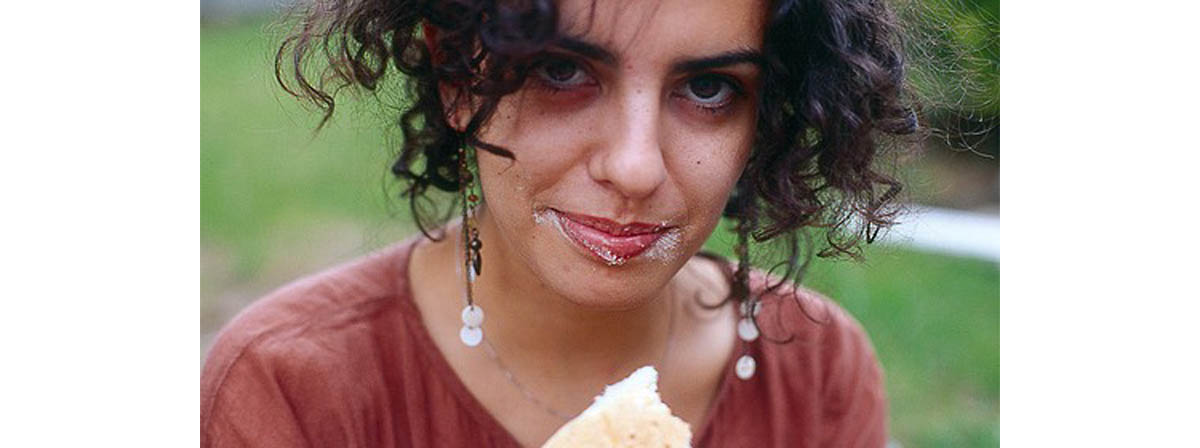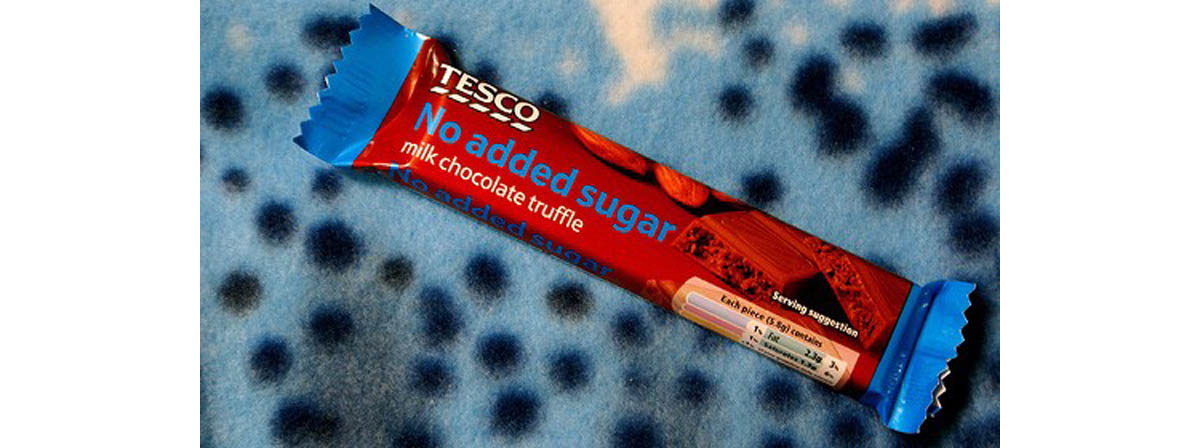Although I have always been upfront about my own health, I have a confession to repeat For over 20 years, I have had type 1 diabetes.

I didn't eat a lot of sugar, gain a lot of weight, and then get diabetes. I had a linebacker's build, but I was mostly muscle, bicycling 50 miles a week and setting up a plant nursery with a friend after my day job. I thought nothing of putting railroad ties on either shoulder and lugging them 100 feet across muddy ground. I could show my toddler niece how to do a somersault. Then I caught the flu and when I recovered, I was an insulin-dependent diabetic, discovering I had diabetes when my blood sugars went so high I temporarily went blind.
An Unusual "Sweet Tooth" Can Signal Diabetes Is On Its Way
Even though I had normal blood sugar levels until I became insulin-dependent, there were some subtle signs about a year before that I might be on track for diabetes, more or less waiting for some event to finish off a still-fully functional pancreas. Maybe six months before the sudden onset of insulin dependence for me, I was sitting across from a friend at lunch. We were served unsweetened iced tea, and I added sugar to mine.
I added sugar, and I added sugar, and I added some more. My friend commented that not only did I evidently "like a little tea with my sugar," that he had never seen anyone put so much sugar in iced tea. And the tea didn't taste sweet to me.
I didn't actually develop diabetes until I had a viral infection a few months later. However, I quickly learned I had both type 1 and type 2 diabetes. My pancreas had stopped making insulin, but my body was resistant to insulin. That's a very difficult combination of conditions to manage, and probably no diet (I got enormous amounts of exercise) would have prevented the destruction of my beta cells by an autoimmune reaction to a virus. But if I knew then what I know now I could have at least have avoided developing type 2 diabetes along with type 1.
Diabetes May Be a Brain Disease
My prediabetic symptom was an insatiable sweet tooth. No amount of sugar made anything taste sweet enough. And it wasn't until June of 2013 that a physician at Stony Brook University in New York, Dr. Gene-Jack Wang, announced his research team's finding that people who are on a fast track to diabetes have brains that make less than expected amounts of the "pleasure chemical" dopamine.
This Is Your Brain on Sugar (If You are Pre-Diabetic)
Dr. Wang and his associates recruited 19 volunteers, 11 of them healthy people and 8 of them diagnosed with insulin resistance, to submit to brain scans with a technique called PET (positron emission tomography). On one test day, the volunteers were asked to drink a beverage sweetened with the zero-calorie sweetener Splenda, and then be given an injection of radioisotopes that travel to the nucleus acumbens, the reward center of the brain.

On a second test day, the volunteers were asked to drink a beverage sweetened with glucose, and repeat the test. The volunteers were given sweet beverages for both tests to make sure the scientists were measuring the brain's response to glucose rather than its response to "sweetness."
Diabetic and Pre-Diabetic Brains May Not Respond to Sugar Normally
When the test subjects drank a beverage sweetened with Splenda, the brains of both healthy and insulin-resistant volunteers lit up the same way. When the test subjects drank a beverage sweetened with glucose (sugar), there were significant differences in the scans. When insulin-resistant volunteers consumed sugar, the reward centers in their brains didn't light up, that is, they didn't show that they were activated by dopamine triggered by the consumption of sugar. When healthy volunteers consumed sugar, the reward centers of the nucleus acumbens lit up as if to say "Ahhhh."
In Insulin-Resistance, Brain Doesn't Know How Much Sugar Is Enough
The Stony Brook researchers also tracked the results of the brain scans to food diaries the study volunteers kept. They found that the volunteers whose brains didn't light up after the consumption of sugar also tended to have "disorderly" eating patterns. They reported wanting to eat and eat and eat when they consumed sweet foods, and to crave sweet foods even when they consumed enough calories otherwise. Wang and associates interpreted this finding in terms of brains that just don't respond to sugar by making as much of the pleasure chemical dopamine.
To get enough dopamine to feel satisfied after eating, people who have insulin-resistance have to consume more sugar. Unfortunately, consuming more sugar makes people more insulin-resistant, which in turn makes them want to consume more sugar. It's a never-ending downward spiral of hunger and insulin-resistance that isn't easily reversed or treated.
Diabetes Isn't a Failure of Willpower
Dr. Wang and colleagues didn't address the issues of which comes first, the appetite for sugar or insulin resistance. However, more and more evidence from other studies suggests that some kind of illness or injury triggers the insulin resistance to which sugar cravings follow. In other words, you can get 20 or 30 hours of heavy exercise every week, not be fat, and still develop diabetes.
But the study also suggests that get your appetite under control, you have to get your insulin resistance or diabetes under control, as well as the other way around.
- Anderzhanova E, Covasa M, Hajnal A. Altered basal and stimulated accumbens dopamine release in obese OLETF rats as a function of age and diabetic status. Am J Physiol Regul Integr Comp Physiol. 2007 Aug. 293(2):R603-11. Epub 2007 Jun 6.
- Stony Brook University (2013, June 10). High sugar intake linked to low dopamine release in insulin resistant patients. ScienceDaily. Retrieved July 1, 2013, from http://www.sciencedaily.com /releases/2013/06/130610223722.htm.
- Photo courtesy of Tom Scott by Flickr : www.flickr.com/photos/tomscott/58557622/
- Photo courtesy of Barry by Flickr : www.flickr.com/photos/ennor/454393912/

